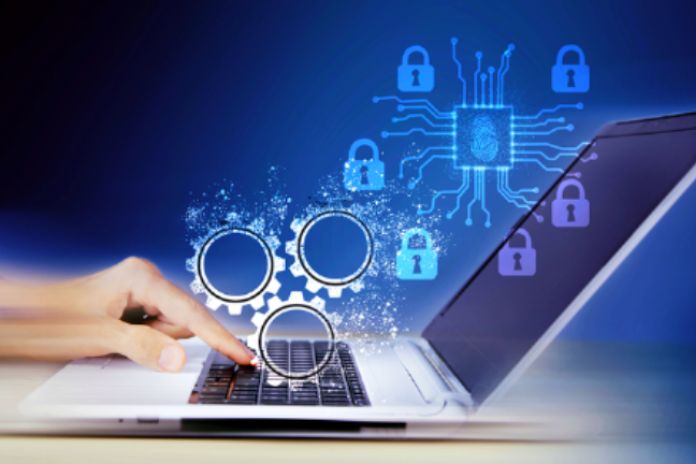Threats to Information Security: The home office work model has had repercussions recently due to the coronavirus pandemic. In this way, many organizations already see potential in the modality.
They intend to maintain this pace of work in this new standard – as stated in the Report on the Impact of COVID-19: Smart Solutions for the New Normal published, which demonstrates that Remote access solutions are one of the highest priorities for companies in the current scenario, as the home office has become the new style of work.
But What About Data Security?
As a lot of sensitive data is being handled outside the office, it is critical to ensure that remote workers are in a secure environment.
In this article, we will explain why companies should pay attention to this and present some essential measures to ensure data security, even with the team at the home office.
Why Pay Attention To Security Threats?
It is no longer news that cyber-attacks have increased in the pandemic due to the susceptible vulnerabilities of the Home Office. A recent survey by CyberArk says that 77% of remote workers use insecure and unmanaged “BYOD” (bring your device) devices to access corporate systems. That is an excellent opportunity for cybercriminals.
With critical information being accessed in an external environment, it is paramount to constantly supervise employees’ devices, always keeping access control and data and application protection up to date. This is because, without proper attention, there is an imminent risk, as employees can access insecure web pages at any time, which favors malware attacks on the corporate network, for example.
How To Protect Yourself?
Companies need to be prepared for potential threats with some well-known tactics, such as the following:
Incident Response Plan
IT teams must establish an incident response plan that addresses the potential threats they face and the actions to take if they occur.
NIST points out the best practices of security processes, and knowing what to do in times of crisis is crucial for your response to be effective and systems can be restored quickly and with the least possible impact.
VPN
It is recommended to provide VPN access to all employees, as it is a modern technology that provides greater security in internet access.
Zero Trust
The ZERO TRUST Concept is not a tool or a set of technologies but a way of observing and understanding security. In summary, 3 points characterize this philosophy: Always recognize the user and the device; Redirect all accesses, and Apply the least privilege on everything.
Keep The Team Aware Of The Scenario
Remote access makes room for threats that are already clear. Therefore, preparing the team to deal with these situations is essential, offering awareness training regarding existing risks and good security practices.
Some platforms can help by regularly performing various types of tests for users, where their results can be analyzed by the security, compliance, and human resources team. This systematic approach keeps the team on their toes and helps maintain a safer environment.
Cloud Backup
Backup performed in the cloud is an ideal practice to minimize the threat of data theft, also ensuring that such data is secured in cases of a power surge, hardware problems, and natural disaster, among others.
When we talk about GDPR, it is worth thinking about the second layer of backup, where a third cloud can become an option for data considered sensitive to the law. Many manufacturers of backup solutions offer these services with high security. We have seen that some companies that have been attacked recently have had their backups compromised.
Cloud-Native Threat Defense And Management
With the adoption of cloud services, there is also an increase in threats from attacks orchestrated and executed through malware, for example. Therefore, it is necessary to apply controls that manage these risks effectively as cloud-based solutions that protect data and prevent threats across devices, networks, clouds (IaaS, PaaS, and SaaS), and on-premises environments.
This type of cloud protection strengthens user access control. It creates policies that let you know when a user is effectively using an approved or BYOD device, creating different policies and rules for data usage.
Beware Of Shadow IT
Preventing yourself from Shadow IT (tools not approved by the IT team) in a controlled physical environment is already tricky; in a home office, it becomes more complex, and with BYOD, it becomes even more difficult, but there are cloud solutions that can help control the exposure and human error of using these types of tools that in practice are vectors of data leaks.
DLP Has Become An Almost Mandatory Tool
In the LGPD era, having an automated way of enforcing data usage policies has become a mandatory topic; in this sense, DLP is your best friend.
As we have seen in the latest market news, the home office is here to stay for many companies! However, it is essential to be constantly aware of threats and seek effective responses that maintain information security, thus providing greater chances of maintaining business continuity without being hit by malicious attacks in the digital world.
Also Read: Cybersecurity Culture: How To Strengthen It?

